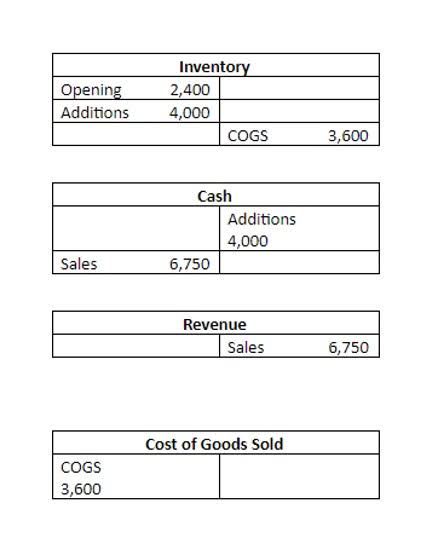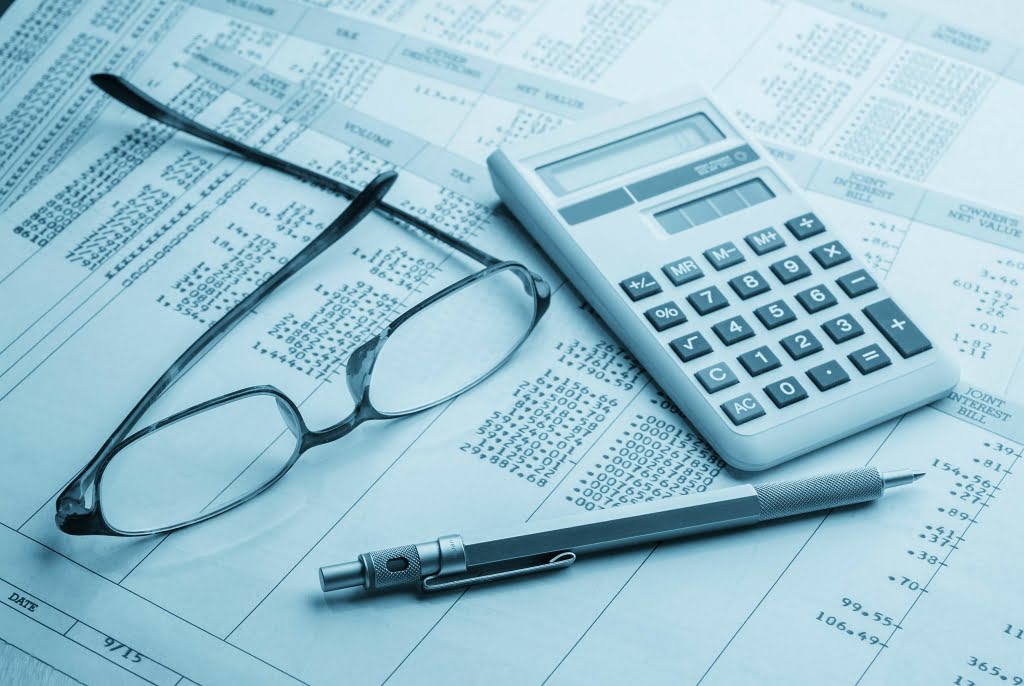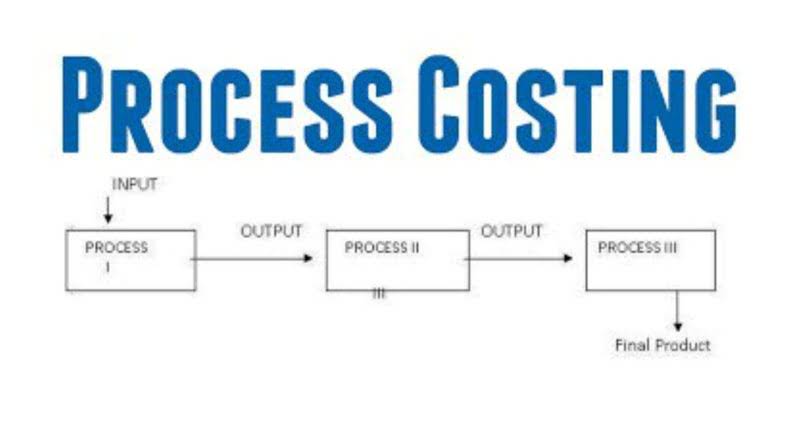The Best Accounting Software for Grocery Stores

With Bench Accounting, you can streamline your bookkeeping process by automating data inputs sourced directly from numerous established providers, avoiding potential errors. We collaborate with prominent partners such as Gusto, Stripe, Shopify, and Square, ensuring your grocery store’s financial records are always precise and up-to-date. Our squad of experts is well-versed in the tax rules applicable to grocery stores and will tailor their strategies to meet the distinctive necessities of your business. If 50 apples were originally purchased for $5, and then another 50 apples were purchased (or produced) for a total cost of $7.50, FIFO would assign a price of $5 to the first resold item. After selling 50 apples, the new cost of the fruit will be $7.5, since it’s assumed that the oldest item is sold first. By using FIFO, retailers can streamline the sales process and avoid wastage of items that perish quickly.
Numbering your Accounts
An expert can guide you through QBO setup and answer questions based on the information you provide; some bookkeeping services may not be included grocery store accounting and determined by the expert. For more information about Expert Assisted, refer to the QuickBooks Terms of Service. For example, if you buy collector’s sets of chess for $75 each and sell them for $100 each, the cost-to-retail percentage is 75 percent. You bought 30 dice at 5 cents apiece, then purchased a second order of 25 dice at 7 cents each and a last order of 15 dice at 10 cents each.
- Sign up as a customer today and get a free month of bookkeeping, valued at $299.
- Integration with POS systems allows for seamless synchronization of sales data, ensuring accurate inventory updates in real-time.
- The cash flow statement is similar to the income statement in that it tracks the money that comes in and out of your business.
- Another advantage is the reduced need for manual data entry and paperwork.
- With high volumes of inventory, having a software to manage stock levels and re-order notifications will allow business owners to maintain fresh produce and ensure customer satisfaction.
- Embrace the power of technology and unlock your supermarket’s true potential with the best cloud-based alternatives available.
Key characteristics of supermarket accounting software
- Accounting programs often assist with accuracy and can be a good way to organize your financial information.
- On one side of the balance sheet, you list your assets, such as equipment.
- Essentially, the goal is to keep track of the amount of inventory you have in stock at any given time.
- Cost accounting is often more complex because it involves tracking factors such as shipping, manufacturing, overhead, and development costs.
- This retail accounting strategy will be the best option for start-up organizations, offering a new approach to inventory management and cost estimation.
Lastly, robust financial reporting tools provide comprehensive insights into your store’s financial performance, helping you make informed business decisions. Wave farewell to stacks of receipts and labor-intensive manual records—we automate inputs directly from your linked accounts. Garner insights from one centralized dashboard so you can effortlessly gauge the health of your grocery store and implement strategic decisions. Continue your journey by learning how to account for sales transactions and track COGS efficiently.
Key characteristics of the best accounting software for grocery stores
This software will keep your business afloat, so it’s important to choose it well. The cash flow statement is similar to the income statement in that it tracks the money that comes in and out of your business. However, the cash flow statement is more specific about when these transactions occur. For example, in your income statement, you might have listed an invoice in your sales, but your client might have 30 days to pay the invoice. Keeping accurate records of your cash flow with this financial statement is crucial to keeping your company afloat.
What does the accounting cycle look like for retail stores?
As a matter of fact, if you expect selling prices to increase over time (for example, due to inflation), enter the respective increase rate along with its frequency into the Price Increase fields. The Seasonal Sales Trend table allows you to enter, for each category, and each month of a year, percentages of average sales (in physical units). A table of sales trends allows you to set long-term trends in order to account for overall sales over the years. But, if you do not expect your sales to change from year to year, you can leave this table blank. Advanced Pricingis included in the Platinum and Diamond subscriptions only. Find help articles, video tutorials, and connect with other businesses in our online community.

Efficient tax management is imperative for retail businesses to meet their tax obligations and optimize tax liabilities. This includes accurately calculating taxes, preparing tax returns, and ensuring compliance with tax regulations. Accounting automation tools play a key role in tax management by automating calculations, generating necessary tax reports, and providing timely reminders for tax deadlines. First-in, first-out is a method used to count ending inventory costs that focus on cost flow. The FIFO accounting method assumes that the inventory purchase costs will also be recognized first and the value of your total inventory will decrease. The FIFO method is especially useful for perishable items and is popular among food retailers because of its practical advantages.
Business Basics
- You know you sold 50 dice, so you match the number of items sold to the average cost of 7 cents, which is a total of $3.50 for the cost of goods sold and $1.40 for ending inventory.
- One major advantage of using accounting software for supermarkets is the automation of various tasks, such as inventory management, sales tracking, and payroll processing.
- If you use the FIFO costing method, you take the cost of the first order you purchased, compare it to the revenue you’ve brought in and assign that revenue to the cost of goods sold.
- It tracks your time, invoices, expenses, providing estimates and adequate reports.
- Lastly, if your purpose is simply to get a snapshot of projected revenues and costs, you can jump right to the reports.
- In the Other Monthly Expenses table, enter the names of expense items into the list, and then enter expected monthly expense amounts for each projected month.
You can also manage domestic and global taxes through an end-to-end tax management system, great for large grocery stores working across multiple countries. Track your expenses the same as your income, and compare your records against bank statements regularly. Automate as many recurring expenses as possible, including rent and lease payments, and set your accounting system to automatically record these expenses each period. Record all variable expenses in their appropriate double-entry bookkeeping accounts, including cost of goods sold, labor expenses, QuickBooks fees, taxes and purchases.

More specifically, in retail accounting, you’ve got to value all of your inventory at retail value and then subtract your sales to estimate your remaining inventory. This will also help you determine the markup on your items, which can be used to calculate how much inventory you have left after the sale. In simple terms, retail accounting involves calculating the cost of inventory in relation to its selling price. By providing real-time updates, the software also minimizes the risk of overstocking or running out of popular products, optimizing your cash flow and reducing waste. When looking for the right solution, it’s essential to consider the key characteristics that are vital for managing finances in a grocery store. With its user-friendly interface and powerful inventory management system, you’ll never have to worry about keeping track of your stock again.


You should do a manual inventory count at least once a year to keep your records in order, though it may be wise to count monthly and adjust your records accordingly. Depending on the type of inventory you sell, you may be able to use the simpler retail method to calculate the cost of goods Food Truck Accounting sold and the cost of your ending inventory. Take this number and subtract the sales total multiplied by the percentage, then subtract it from the cost of goods sold to get the ending inventory total.
